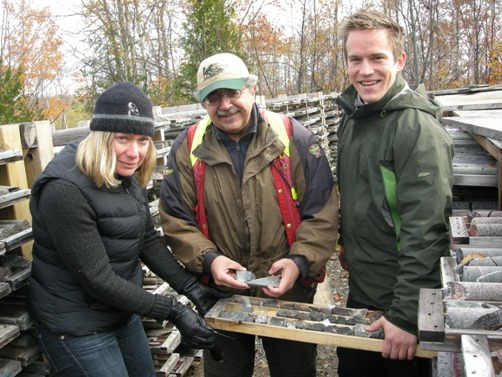The Sudbury Star is the City of Greater Sudbury’s daily newspaper.
Can dousing the Ring of Fire with politicians rekindle the spark? All sides are betting it can.
The fate of the Ring of Fire, a 5,120-squarekilometre deposit rich in chromite (a metal hardener) and other minerals with a potential value of $100 billion and a lifespan of 30 or more years, has become murky during the last few months as falling chromite prices have dropped, shares prices of the lead developer — Cleveland-based Cliffs Natural Resources — have fallen, environmental and political processes have stalled and disputes among the mining companies developing the deposit remain unresolved.
Politicians have compared the Ring of Fire to Alberta’s oilsands, which highlights its wealth, but raises red flags among First Nations in northern Ontario about environmental issues.
It was always going to be a massively complicated deposit to develop. There was always too much money involved for this to go smoothly. Ontario stands to gain 1,200 jobs and millions in mining royalties, as well as billions of dollars in private investment to develop the area.
But in June, Cliffs announced it had halted its environmental assessment on its Black Thor deposit because nothing was happening on the political level.

























